"Star Trek" Tech That Came True
"Star Trek" imagined a future shaped by science. Discover nine real technologies it predicted with uncanny accuracy—and two iconic inventions that still remain beyond the limits of modern science.
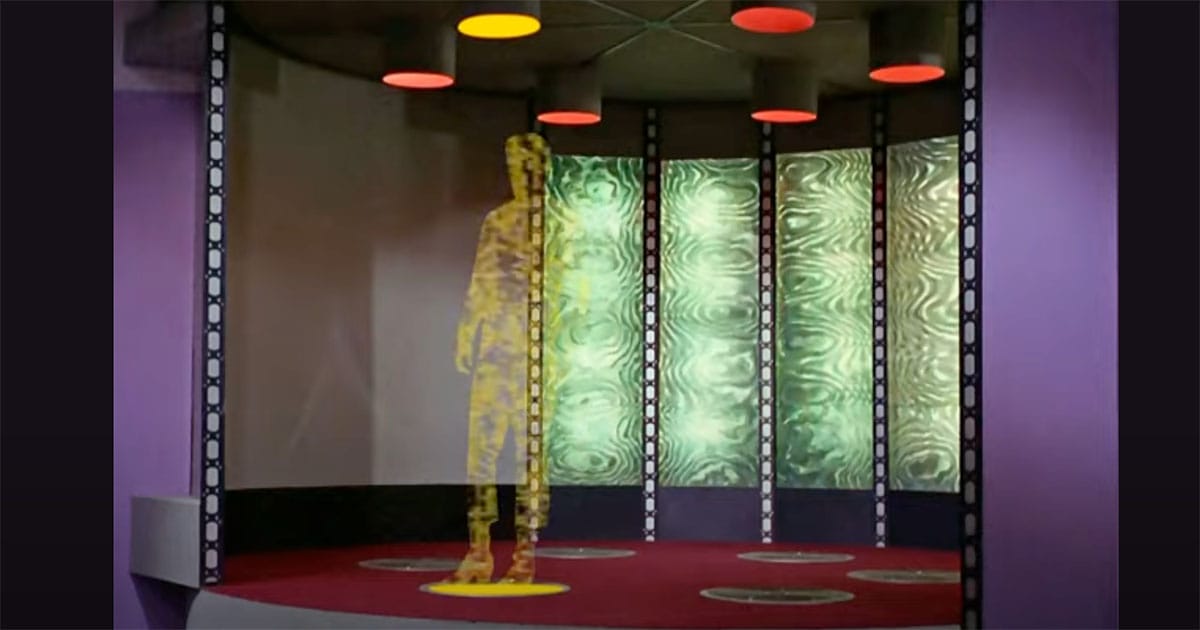
When "Star Trek: The Original Series" premiered in 1966, television audiences were transported aboard the USS Enterprise. The ship sailed not only across distant star systems but also through a galaxy shaped by ideas rather than spectacle. Created by Gene Roddenberry, the series reflected an era defined by moonshots and mainframes. It was a time when science fiction served as both a mirror and a compass.
What made "Star Trek" remarkable was not just its otherworldly settings. It was the show's confident belief that humanity's future would be guided by reason, discipline, and technological ingenuity. Roddenberry's speculative designs were not wild fantasy. They were built on what might plausibly come next.
Today, several tools once imagined aboard the Enterprise have become part of everyday life. The communicator, the talking computer, and the medical tricorder are no longer the stuff of fiction. They are recognizable descendants of the show's confident outlook.
This article highlights nine of those inventions and also takes a sober look at two that remain out of reach. In doing so, we are reminded that science fiction is not only a way to imagine the future. It can also serve as a functional blueprint for building it.
Nine Technologies That Made the Leap
When "Star Trek: The Original Series" aired in the 1960s, its gadgets seemed like props from a distant future. Yet many of these tools now exist in recognizable forms. Below are nine technologies that moved from fiction into fact, a testament to the show's practical foresight.
Communicator – Mobile Phones
The Starfleet communicator, used to maintain contact across vast distances, inspired the first flip phones. Motorola engineers openly credited "Star Trek" when they developed the StarTAC. Today's smartphones go further, offering instant communication and real-time location tracking, but the core idea remains.
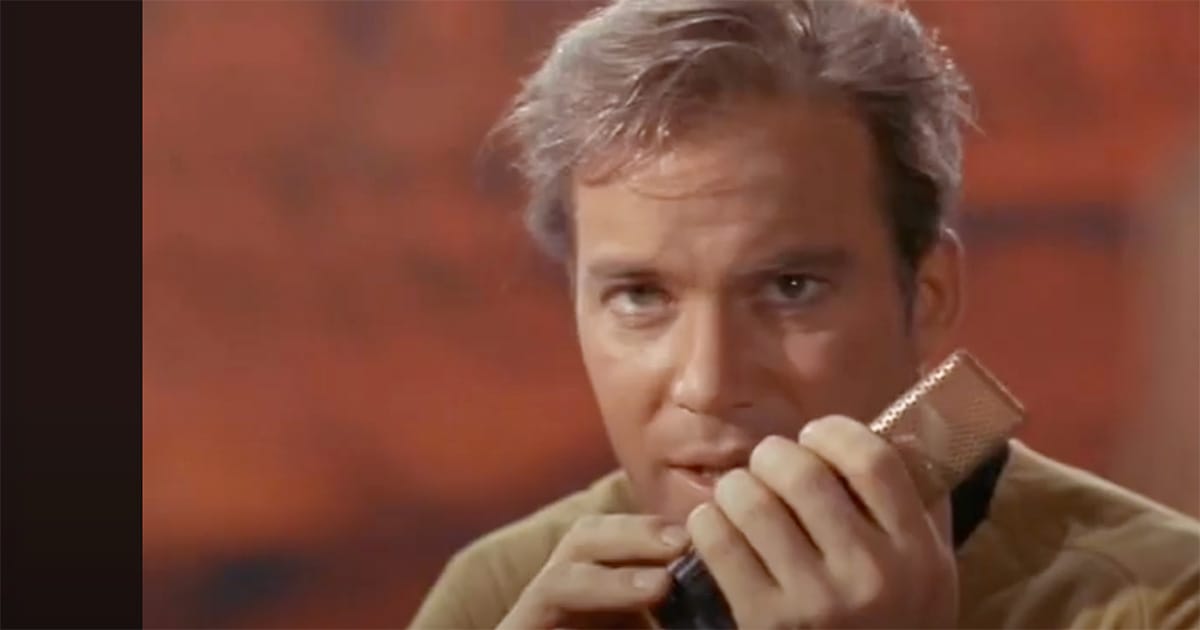
PADD – Tablets and Touchscreens
The PADD, or Personal Access Display Device, predicted the rise of flat, touch-operated screens. Modern tablets like the iPad mirror this form, providing portable computing with intuitive interfaces. What was once a tool of starship operations now lives in briefcases and kitchen drawers.
Tricorder – Diagnostic Scanners
Tricorders gathered environmental and medical data in the field. Today, handheld diagnostic devices can monitor heart rate, oxygen levels, and perform scans. Engineers continue to pursue more comprehensive "tricorder-style" tools, narrowing the gap between fiction and function.
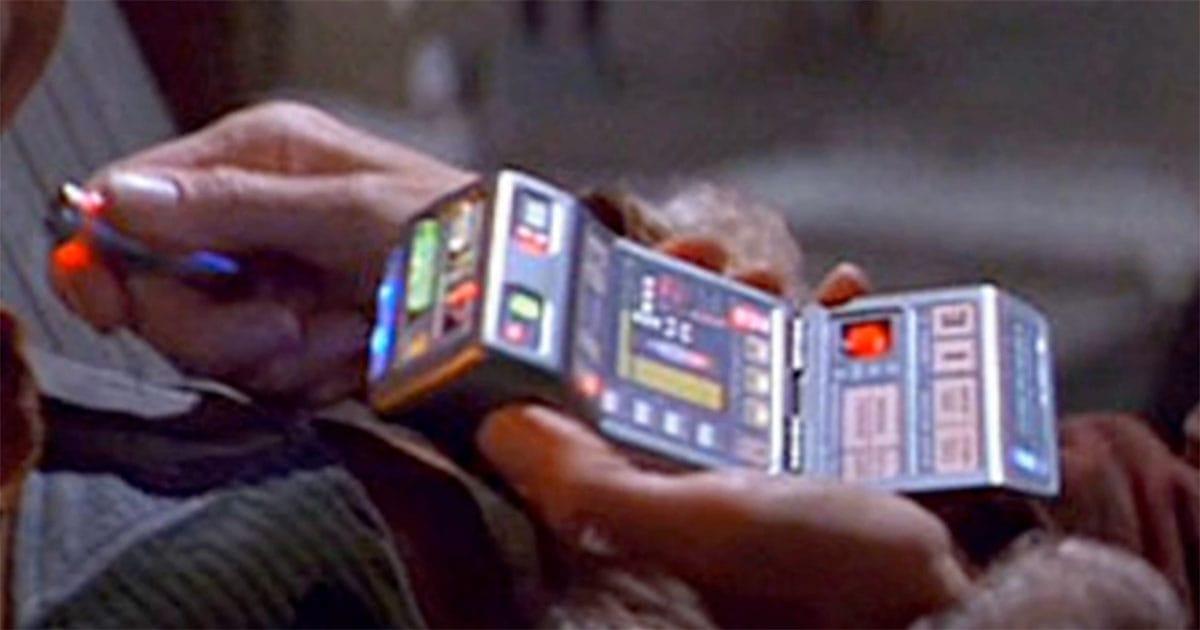
Universal Translator – Real-Time Translation
"Star Trek" solved the problem of alien languages with a universal translator. Real-time translation software now bridges language gaps using cloud-based AI. While imperfect, tools like Google Translate bring us closer to seamless communication across cultures.
Hypospray – Needle-Free Injectors
The hypospray administered drugs without needles. Today's jet injectors use pressure to deliver medication painlessly. Though not yet standard in all clinics, these systems align closely with Roddenberry's model of efficient, non-invasive care.
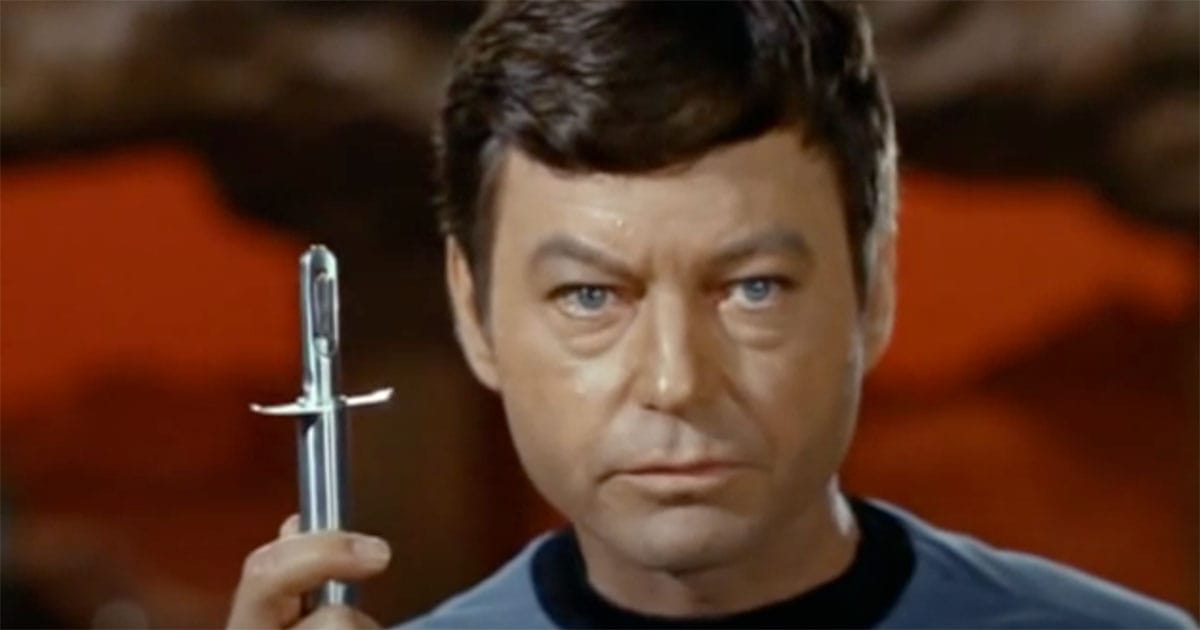
Voice-Activated Computer – Virtual Assistants
The Enterprise's computer responded to natural speech. Today's virtual assistants like Alexa and Siri do the same, managing calendars, answering questions, and controlling devices. Our systems are still evolving, but the voice interface has become a practical reality.
Holodeck – Virtual Reality
While the original series hinted at simulations, later entries developed the holodeck concept fully. Modern VR systems offer immersive environments used for training, therapy, and entertainment. The tactile realism of the holodeck remains fictional, but the foundation has been laid.
Replicator – 3D Printing
Replicators could produce food and tools on demand. While we cannot assemble atoms at will, 3D printing allows for the on-site creation of parts and prototypes. Industries from medicine to aerospace rely on this technology, echoing the show's promise of instant fabrication.
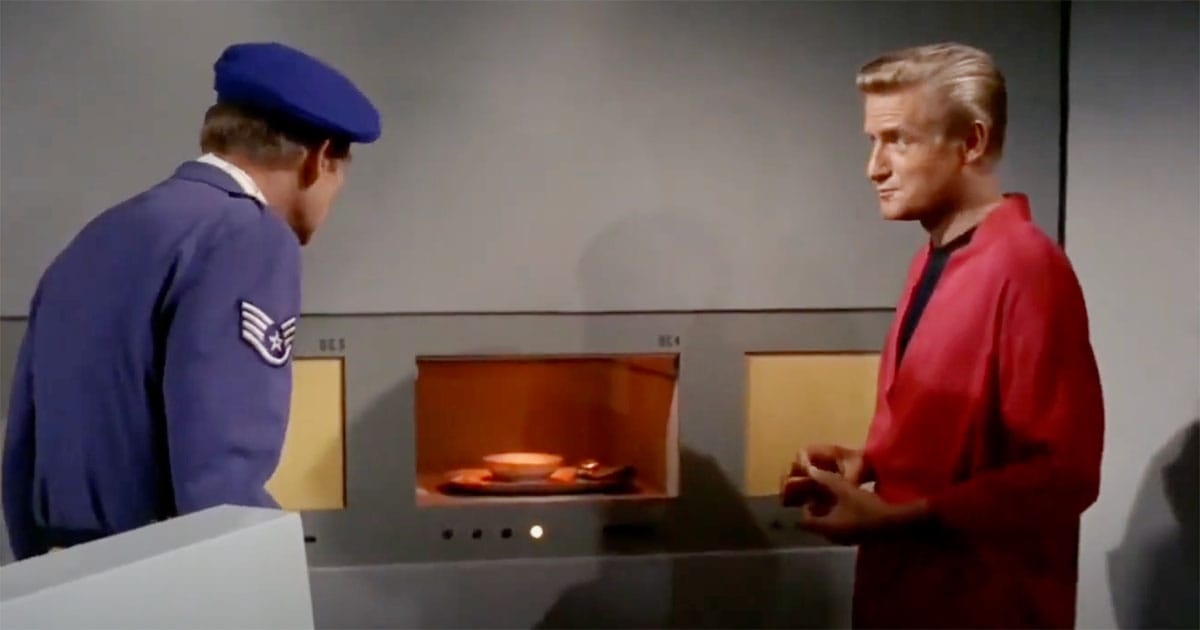
Transparent Aluminum – Advanced Materials
As mentioned in "Star Trek IV," transparent aluminum was once pure fantasy. Today, materials like aluminum oxynitride, or ALON, offer clarity and strength for use in armored windows and optical systems. Expensive but real, this substance proves the show was not far off.
Each of these devices was conceived with a sense of functional plausibility. Rather than presenting miracles, "Star Trek" offered challenges—technological goals that engineers and scientists have since worked to meet.
Two That Remain Fiction
For all its technological foresight, "Star Trek" also imagined devices that remain well beyond the reach of science. Two of its most iconic inventions—the transporter and the warp drive—have yet to move from fiction to fact, and may never do so.
Transporter – Theoretical Impossibility
The transporter, used to dematerialize and reassemble people across distances, made for smooth storytelling. It avoided the need for landing sequences and solved logistical challenges on alien worlds. In reality, the precision required to reassemble every atom in a human body, without loss or error, exceeds the bounds of known physics. Even quantum teleportation, which involves transferring information between particles, is nowhere near this scale.
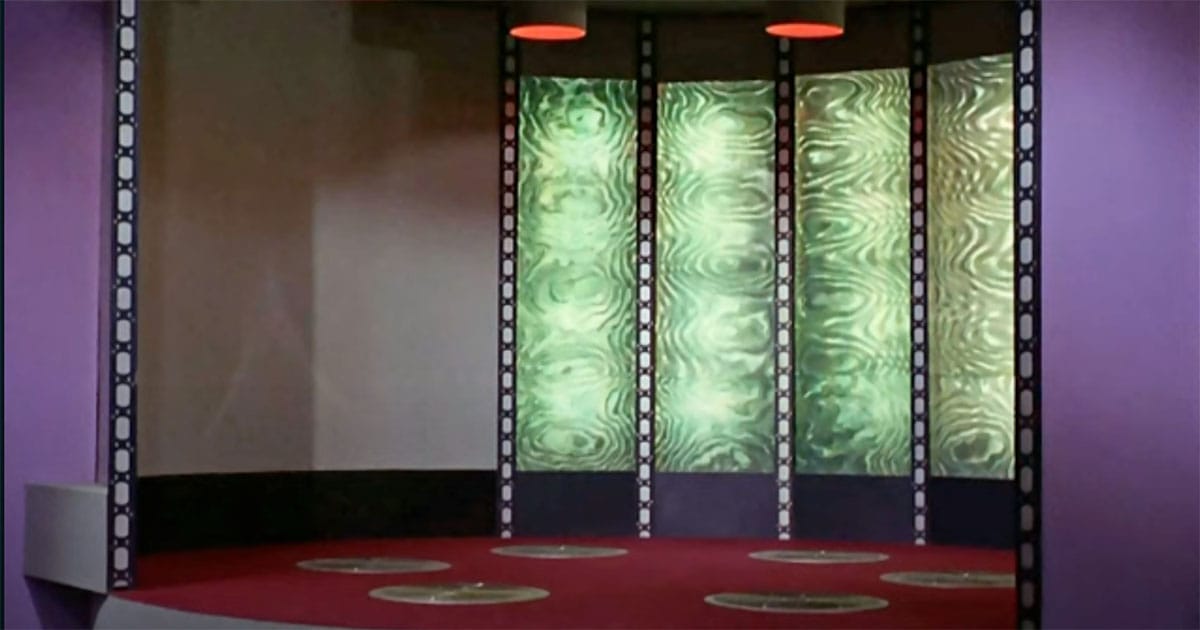
Warp Drive – A Law of Physics Problem
Warp drive allowed the Enterprise to exceed the speed of light by distorting space itself. Theoretical models, like the Alcubierre drive, propose ways to compress space ahead and expand it behind. But these models require exotic matter and energy densities we cannot produce or even verify exist. Faster-than-light travel remains incompatible with Einstein's theories and with observed reality.
These technologies endure as compelling symbols of exploration and human aspiration—but for now, they remain firmly in the realm of imagination.
Why "Star Trek" Got So Much Right
"Star Trek: The Original Series" was more than a science fiction adventure. It was a product of its time—an era when scientific advancement was not only expected but celebrated. The 1960s saw the Space Race in full stride, computers moving from rooms to desktops, and medicine taking major leaps forward. Into this environment, Gene Roddenberry introduced a show that treated science with respect and optimism.
Roddenberry assembled a writing team that included science consultants and technically literate authors. Their goal was not just to entertain but to explore what might actually be possible. Instead of relying on magic or mysticism, the show grounded its speculative technologies in logic and plausible extensions of known science. This approach gave the series unusual predictive strength. The communicator, for instance, seemed reasonable to engineers familiar with the early work on satellite communication.
Moreover, the show's constructive view of human potential helped inspire a generation of inventors and engineers. Many pioneers in technology and aerospace have credited "Star Trek" as an early influence. The series painted a future worth striving for, one where science worked in harmony with courage and curiosity.
By combining scientific integrity with storytelling purpose, "Star Trek" managed to chart a course that continues to shape the real world, long after its original run ended.
Beyond the Screen, Into the Workshop
"Star Trek" offered more than weekly entertainment. It presented a future that felt attainable—a world shaped by invention, intellect, and moral resolve. Its devices were not fantasy for fantasy’s sake. They were blueprints disguised as fiction.
By imagining technologies like the communicator, the PADD, and the tricorder, the show invited its audience to believe that progress was not only possible but inevitable. And in doing so, it helped lay the groundwork for real-world innovation.
While some concepts, like the transporter and warp drive, remain beyond our grasp, they continue to inspire thought, challenge boundaries, and fuel the spirit of exploration.
For fans of classic science fiction, "Star Trek" is a reminder that great stories do more than entertain. They forecast, they motivate, and they teach. To revisit those stories is to rediscover the fertile ground where science and speculation meet.

